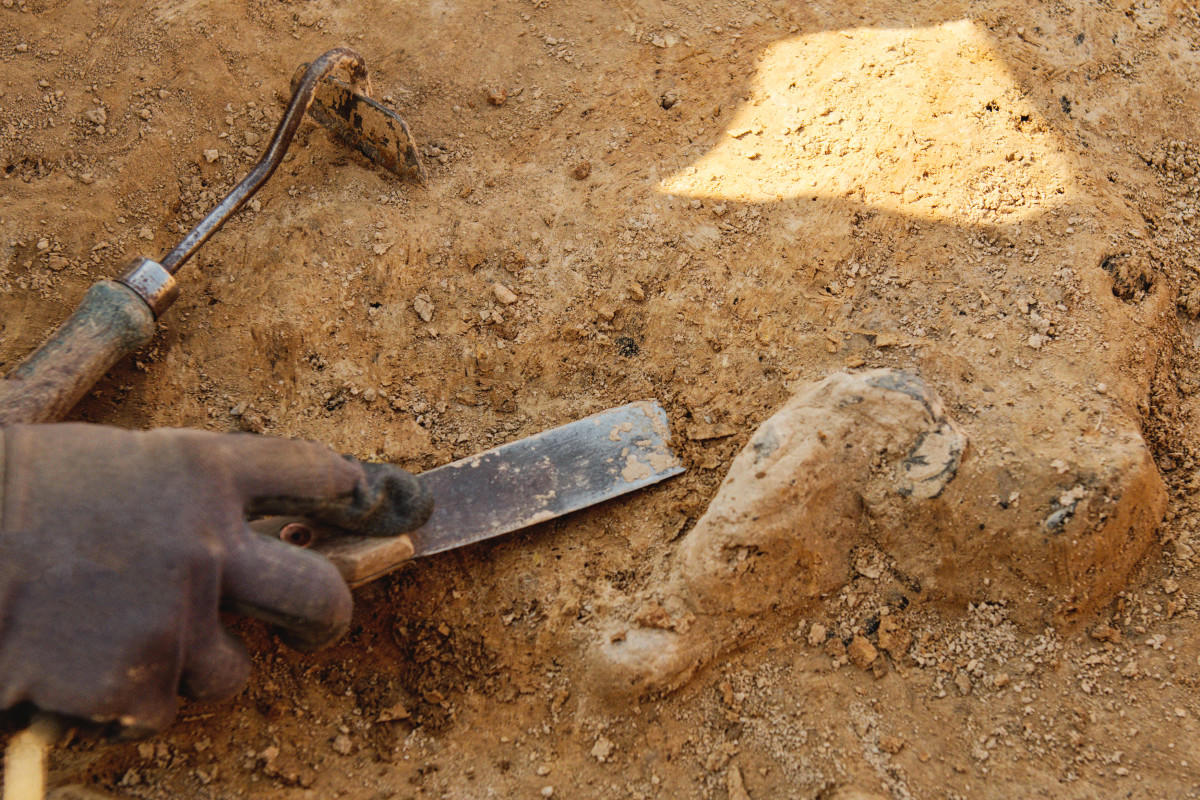Understanding Bones: Structure, History, and Human Stories

Bones are much more than the supporting structure of our bodies—they're a living record of our biology, history, and culture. Whether from humans or animals, bones provide vital clues to how organisms move, survive, and adapt. Let's explore what bones are, why they matter, and some remarkable stories unearthed through archaeological discoveries.
What Are Bones and Why Are They Important?
Bones give our bodies structure and protect vital organs. They are made of a tough outer layer and a lighter, sponge-like core. Bones also produce blood cells and store minerals. Without them, humans and animals would lack shape and movement.
Studying bones helps scientists and doctors understand injuries, diseases, and how our bodies work. The information found in bones allows us to trace the evolution of humans and animals, forming a bridge between the ancient past and modern science.
Historical Discoveries Through Bones
Archaeologists rely heavily on bones to reveal secrets of ancient societies and creatures. Every bone has a story to tell, whether it's a whale washed ashore or a skeleton hidden for centuries.
A recent project saw students engaging directly with the remains of a gray whale. After the whale, affectionately called “Singer,” washed ashore on Vashon Island in 2024, students participated in documenting and researching its bones. This hands-on experience gave them unique insights into marine biology and conservation. Read more about this educational project in VHS students work with island’s gray whale bones | Vashon-Maury Island Beachcomber.
Bones and the Stories of Disability in the Middle Ages
Bones are not just biological artifacts—they also reveal the lived experiences of individuals. Researchers in Sweden analyzed remains from the Middle Ages, discovering one man’s remarkable journey through disability and care. His skeleton showed evidence of a severe leg injury that left him unable to walk without assistance. Despite the hardships, evidence from the bones points to ongoing medical care and social acceptance, challenging assumptions about medieval treatment of the disabled.
To dive deeper into these findings, Discover Magazine provides a thorough look at how combining osteological analysis with historical records reveals nuanced stories of pain, healing, and societal values.
A complementary review in Yahoo News explores how these bone discoveries from Lund, Sweden, upend earlier beliefs about life for the disabled centuries ago. The analysis demonstrates the empathy and medical attention individuals received, emphasizing the human side of history.
Why Bones Matter Today
From medical research to forensics and anthropology, bones continue to shape our understanding of biology and humanity. They help solve mysteries, diagnose diseases, and teach us about both our past and present.
Conclusion
Bones are more than fragments of the past—they are storytellers, educators, and a testament to human resilience. Whether you're fascinated by their structure, captivated by stories from history, or interested in science, bones have vital lessons to share. Curious to learn more? Explore the external resources linked above and discover just how much our bones can reveal.